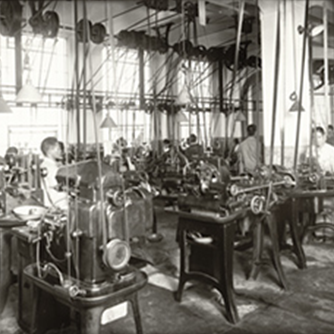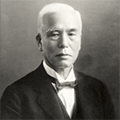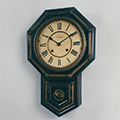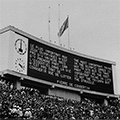1. Introduction
The introduction of mass-produced quartz diminished its value. Finding itself back at the drawing board, Seiko asked itself, “In what direction should the watches of the future go?” Seiko came up with following answer: mechanical watches of renewed value and refined quartz technology of stable value to keep watches on an evolving track (value creation). Seiko will integrate its existing base of technologies with more advanced technologies to realize its ideals: “precise, unbreakable, visible, easy to use, and beautiful.”
2. Revival of mechanical watches (Grand Seiko)
The Grand Seiko was born in 1960 as Japan’s first luxury watch. Every iteration of the watch since has incorporated the technology and craftsmanship acquired by Seiko through its challenges in observatory competitions in Switzerland (starting from 1964). By the late 1960s, the Grand Seiko was established as the world’s most accurate and highest-quality mechanical watch – both in reputation and actual performance. When quartz prevailed as the dominant technology for watches in the 1970s, Grand Seiko mechanical watches faded from the limelight. Decades of obscurity ensued. Finally, in 1998, a long-awaited lineup of Grand Seiko mechanical watches reappeared on the market. It took nothing more than the mechanical watch revival to resurrect the Grand Seiko.
1. Introduction of caliber 9S
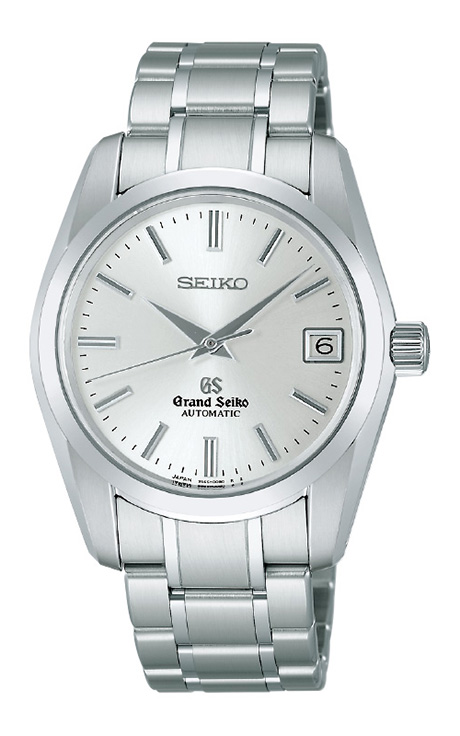
In 1998, technologies revived from the past were integrated with new materials and advanced production technologies to reintroduce an accurate movement (type 9S5) of suitable quality for the Grand Seiko.
Seiko established a “New GS Standard,” a benchmark of accuracy far more stringent than the COSC standard (de Controle Official Suisse Chronometres). It went on to release the only movements on the market to pass the new standard.
In 2006, an upgraded power spring and other parts enabled operation of the movement (caliber type 9S6) for 72 consecutive hours (3 days). The “72 hour” parameter was an important proposition for high-precision watches, which were expected to keep ticking precisely from Friday night (when removed from the user’s wrist) to Monday morning.
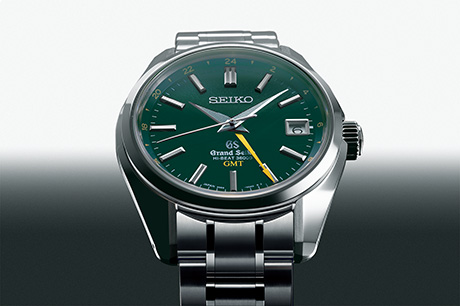
In 2009, the automatic winding 10-beat movement, a mechanism that had astonished the world four decades earlier, made a comeback (caliber 9S85). More than just a comeback, it was a rebirth. The high-precision 10-beat debuted as the 9S, a new series equipped with a totally renewed power spring, hairspring, and escapement (escape wheel and anchor).
・A new material for a shockproof, antimagnetic hairspring
・High-precision, weight-saving escapement parts combined with a brand new MEMS technology to retain more lubricant
・A new material for the power spring to achieve both higher torque and longer, high-level sustention
In 2014, Seiko introduced a caliber equipped with the GMT function (24-hour hand) called the “9S86: Mechanical Hi-Beat 36000GMT.” The limited model was awarded the 2014 “La Petite Aiguille” Watch Prize by the Grand Prix d'Horlogerie de Genève (GPHG). The achievement helped spark a revival for Seiko’s high-precision mechanical watches and achieved new levels of excellence for the world.
3. The Quartz: Greatest Analog Quartz Watch (Grand Seiko)
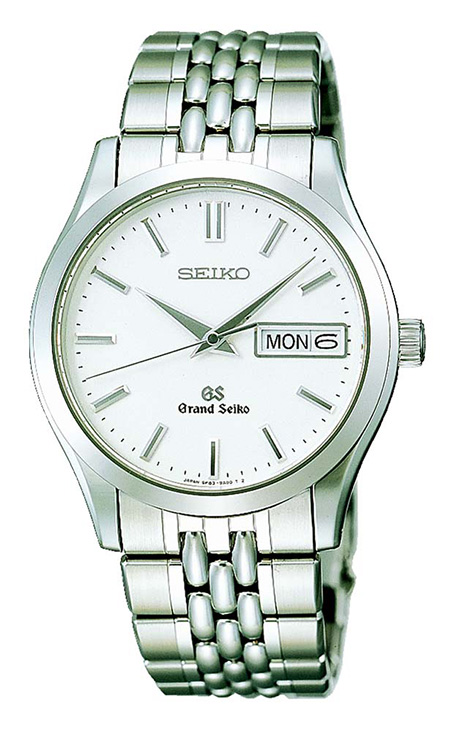
In 1993 Seiko introduced the quartz caliber 9F, an unrivalled movement developed by the creator of the world’s first quartz. The caliber 9F was a return to the origin of a watch. The targets for luxury quartz were greater visibility (power to rotate thick hands and beautiful motion of hands), greater reliability and repairability for long-term use, and instant calendar adjustment. Seiko’s new technologies met all of these targets by providing new mechanisms and elements such as a twin-pulse control motor, backlash automatic adjustment mechanism, 3-axle independent guide mechanism, and 1/2000 second instant calendar switchover mechanism.
Analog quartz, what Seiko calls “The Quartz,” has been used as the exclusive caliber for Grand Seiko, Seiko’s flagship brand.
4. No Battery Change Required
More than a billion quartz watches are produced annually in the world, which means that batteries are discarded in huge numbers every year. Many watchmakers strove to conserve resources and preserve the environment by developing workarounds to avoid the bothersome battery exchange. Various watch models not requiring battery exchange hit the market.
1. Solar powered method
Seiko introduced a solar powered watch in 1977. With the improved conversion efficiency of the solar power generation element since the 1990s, the solar powered method has been more affordable, simpler in structure, and now more prevalent, than any of the alternatives.
2. Self-winding electric powered method
In 1988 Seiko commercialized the Kinetic, the world’s first and only self-winding quartz that generated electricity through the motion of an arm. After subsequent upgrades the quartz steadily evolved, acquiring an “auto relay” function that automatically switches the watch to power-saving mode (the motor stops) when the watch is removed from the user’s arm, and automatically wakes it up and jumps the display to the current time as soon as motion is applied.
3. Thermal powered method
In 1998 Seiko commercialized the world’s first thermal power watch, the Thermic. The thermal power method efficiently converts thermal energy emitting from a user’s arm into electric energy and converts temperature differences into electricity (through the application of the “Seebeck effect,” or the generation of voltage via temperature differences between two ends of a metallic or semiconductor material).
4. Spring drive: The third method
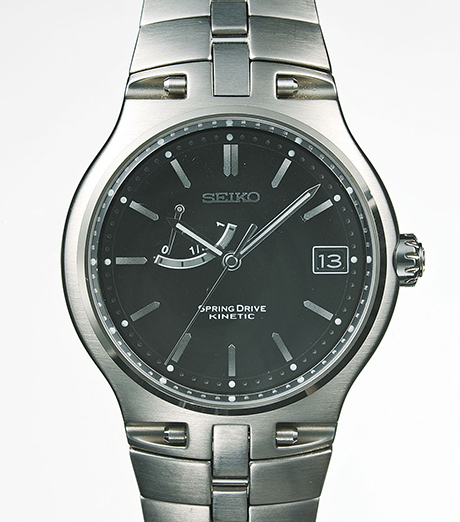
In 1999 Seiko introduced the Spring Drive, a watch equipped with the world’s first and only, innovative and creative mechanism. The Spring Drive, Seiko’s third method matching the accuracy of the quartz watch, drives a “Tri-synchro Regulator” consisting of a crystal oscillator, semiconductor circuit, and electro-magnetic brake using the unwinding force of a main spring like a mechanical watch.
This innovation could only have been achieved by Seiko, a company with both state-of-the-art quartz technology and traditional mechanical technology.
5. New Methods for High Precision: Radio Controlled Watch and GPS Watch
Higher-precision quartz watches have been developed by studying how the temperature characteristics of the built-in crystal oscillator should be stabilized (closed-type).
In the 1990s watchmakers developed open (communication) watches, high-precision watches that automatically correct themselves based on time information received by radio.
1. Radio Controlled watch
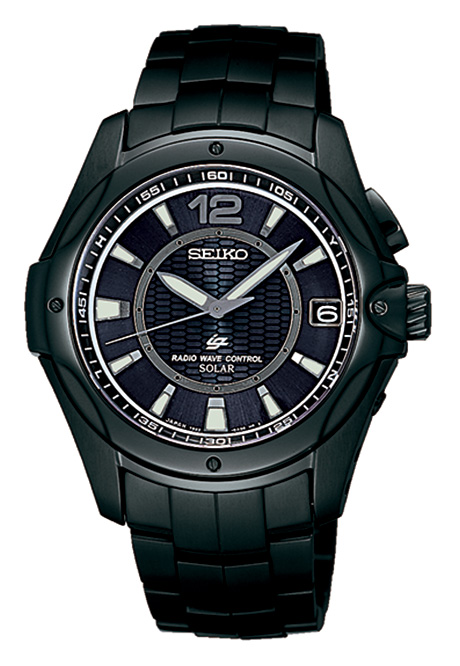
The radio controlled watch developed in the 1990s synchronized with the atomic clock time, a time standard transmitted via a standardized time signal called the standard wave time signal. Two standard wave transmitter stations operate in Japan: one on Mt. Otakadoya, Fukushima prefecture (transmit frequency of 40kHz) and the other on Mt. Hagane at the border of Fukuoka and Saga prefectures (transmit frequency of 60kHz). Working together, the two stations cover almost all of Japan.
Seiko commercialized solar powered radio controlled watches capable of receiving the standard wave of three countries (Japan, US and Germany), the first device of its type, in 2005. Radio controlled watches were never widely used outside of Japan, mainly due to the limited adoption of the standard wave system. Japan is currently one of only four countries that transmit the standard wave.
2. GPS Solar watch
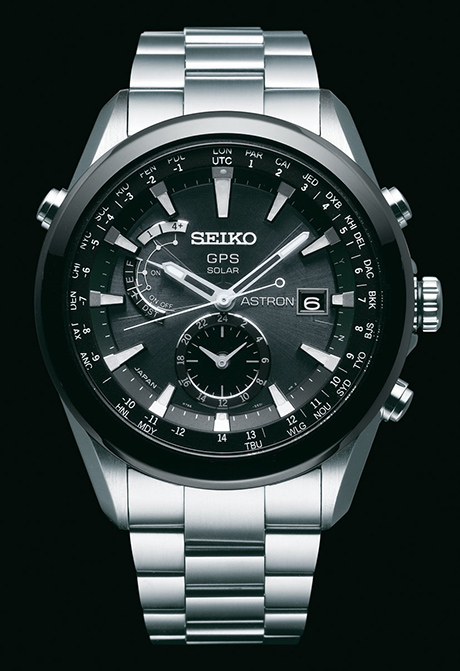
In 2012 Seiko commercialized the Astron, the world’s first GPS solar watch that acquires four or more GPS satellite signals and displays the local time in a single operation wherever the user happens to be in the world. The Astron may become a watch of choice for the global age, especially for world travelers burdened with the bothersome task of manual time correction whenever they cross international time zones. Almost four decades earlier, the Quartz ‘Astron’ set a global standard. By naming its new GPS solar watch the Astron, Seiko hopes to set a new global standard for a new generation.
SEIKO ASTRON 2014 Global Movie
SEIKO GPS solar infographics movie
Since its establishment, Seiko has consistently pursued what a timepiece should be. Every innovation is guided by the Seiko corporate philosophy: “Produce Seiko (= precise) timepieces” for the advancement and innovation of watches in the world. Seiko aims to contribute to a more richer society and lives by developing new watches guided by three ways of thinking: “find out the essence of watches and master technologies,” “be aware of the world’s greatest and first challenges” and “respect creativity.”


